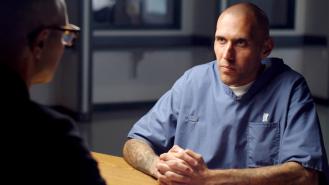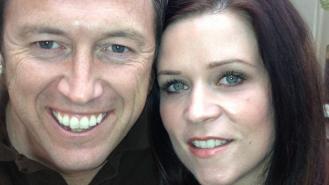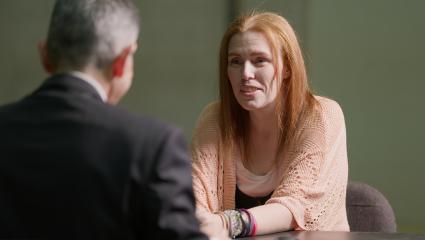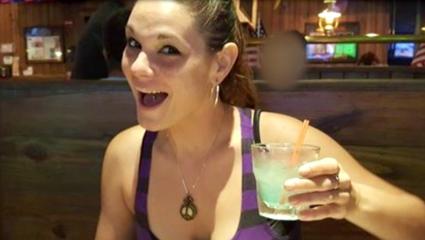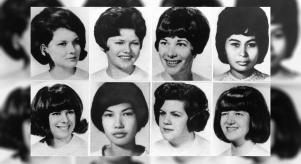

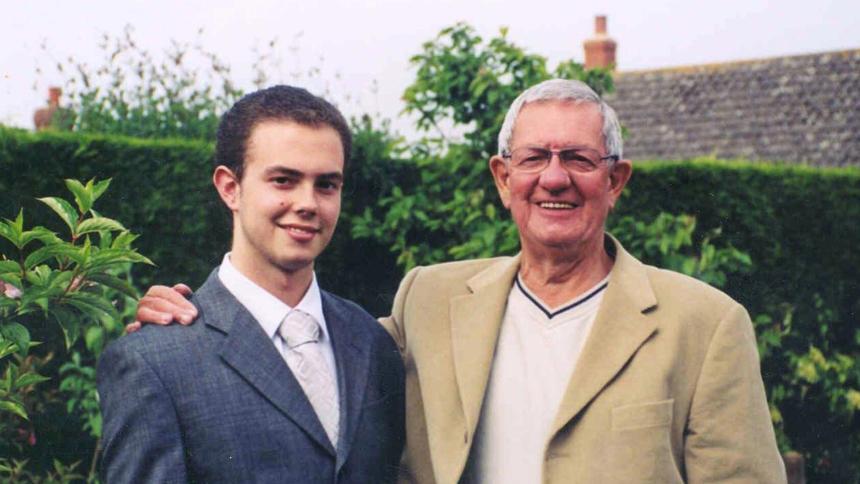
5 of Britain’s most chilling killer teens
Laura Whitmore on Britain's Killer TeensIt's one of the most disturbing questions anyone could ask, 'How does a child become a killer?'
In recent years, the number of teenagers convicted of murder in the UK has risen at a deeply unsettling rate. These are not hardened criminals with long records. They’re schoolkids. Teens. Young people who, instead of thinking about their futures, committed acts so violent and incomprehensible that entire communities were left shaken.
Ahead of Crime+Investigation's brand new series, Laura Whitmore on Britain’s Killer Teens, starting Monday, 8th September, we take a closer look at why some teenagers turn to murder, and five shocking cases.
What drives a teen to kill? Expert insight from true crime writer, Richard Bevan
Richard Bevan is an MA Screenwriter/playwright who has written for television, radio and stage. He specialises in history and true crime writing.
The teen years are often called “awkward”. No longer a child, but not really an adult. There is an awareness that the teen’s brain is still developing, awash in hormones, struggling with poor impulse control, new expectations and demands. Slights escalate, territories become important, mistakes happen.
There are approximately 65 murders of 13-19 year olds each year. The largest share (83%) is at the hand of contemporaries with a knife. These are the petty turf wars of groups of young men whose narrow lives and opportunities give greater significance to a street corner in a particular postal code than an adult looking in from the outside can understand. These children are salvageable.
But not the killer teens listed below. In these cases, something broke and it cannot be fixed.
The following teens are a result of an array of neuropsychological abnormalities, poor impulse control, school disruption and truancy, raised with domestic violence, verbal, physical and sexual abuse, substance misuse and neglect. While such experiences do no predetermine violent behavious, they significantly increase the likelihood of serious offending.
1. Steven Miles (2014)
At just 16 years old, Steven Miles committed a crime that sounded like fiction. Obsessed with the US TV show Dexter, he created an alter ego named 'Ed' and used it as justification to brutally murder his 17-year-old girlfriend, Elizabeth Thomas, in his bedroom.
He stabbed her multiple times and then dismembered her, attempting to cover up the crime. But Steven had committed the murder in his family’s home – his attempt to dispose of her body was interrupted before he could finish.
This case raised deep concerns about the influence of violent media, the signs of escalating mental health issues, and the danger of untreated obsessive behaviour. Testimony from his psychiatrist revealed Steven had been diagnosed with autism and schizophrenia – yet no one could have imagined this.
The most haunting part? He showed no remorse.
2. Logan MacPhail (2023)
When 15-year-old Holly Newton began dating Logan MacPhail, she had no idea she was entering a potentially dangerous relationship. What began as a teen romance quickly turned controlling. Logan, just 16, became emotionally abusive and manipulative.
When Holly tried to break free, Logan couldn’t accept rejection. He began stalking her – sending messages, watching her movements and plotting revenge. One afternoon, he lured her into an alleyway and stabbed her to death.
Holly’s case highlights the dangers of coercive control and domestic abuse among teenagers – areas still misunderstood and often under-addressed in schools and homes. Her family, devastated by the loss, now campaign for better education on toxic relationships.
3. Brian Blackwell (2004)
Brian Blackwell was every parent’s dream: intelligent, well-spoken, headed for university. But behind the façade, he was hiding a dark and delusional fantasy life.
At 18, Brian was lying to everyone – pretending to be a tennis pro, forging credit applications and racking up debt to keep up appearances. When his parents discovered the lies and tried to intervene, Brian snapped. In a sudden explosion of rage, he bludgeoned and stabbed both parents to death in their home.
Then, chillingly, he boarded a plane for a lavish holiday with his girlfriend – leaving their bodies to decompose for weeks.
Diagnosed with narcissistic personality disorder, Brian’s case stunned the public. How could a 'model student' become a killer? It raised uncomfortable questions about pressure, ego and the invisible cracks beneath polished surfaces.
4. Reece Ludlow (2011)
When 18-year-old Reece Ludlow met Louisa Brannan, a 35-year-old woman, it was clear he already had a volatile history. But what happened next shocked even seasoned detectives.
After meeting in a pub, Ludlow brutally tortured and murdered Louisa. He phoned his ex-girlfriend during the attack, boasting about what he was doing. He never called for help. He didn’t stop. He simply ran.
The investigation revealed a pattern of misogyny and violence, long before he took a life. Louisa was a stranger – but in Reece’s mind, women were expendable.
Her family now speaks out about male rage, the danger of ignoring early abusive behaviour, and how women are often the collateral damage of young men who are never taught empathy.
5. Jordan Jobson (2007)
After an altercation broke out in the street between two sets of young people, 18-year-old Samantha Madgin was brutally stabbed to death.
Samantha had been trying to calm the situation down, but when 15-year-old Jordan Jobson arrived on the scene armed with a kitchen knife, she viciously assaulted Samantha, a young mother whom she had never met before.
As her friends watched on, Samantha died in the street, while Jordan fled the scene. Such was the frenzied nature of the violence; paramedics described her injuries as unsurvivable.
Love true crime? Stay in the know with the Crime+Investigation Newsletter! Get exclusive access to new articles, episodes, clips, competitions, and more – delivered weekly and completely free. Don't miss out – sign up today!


